Find out all you need to know about types of plastic molding process ranging in injection molding to blow molding. Find out how to manufacture plastic, processes, material, application, and cost optimization techniques of manufacturing plastic.
Plastic molding has completely transformed the manufacturing process in many industries and equipped them with products made of polymer materials to fulfill a certain purpose. Whether it is the smartphone case that keeps your device intact or the car parts that makes your vehicle safe, molded plastics is one of the most aesthetic manufacturing techniques that can be possibly used today. It is a vast book that delves into the complex mechanics of types of plastic molding and addresses the most-relevant methodologies, materials, and applications along with the overall optimization process enabling the success of manufacturing today.
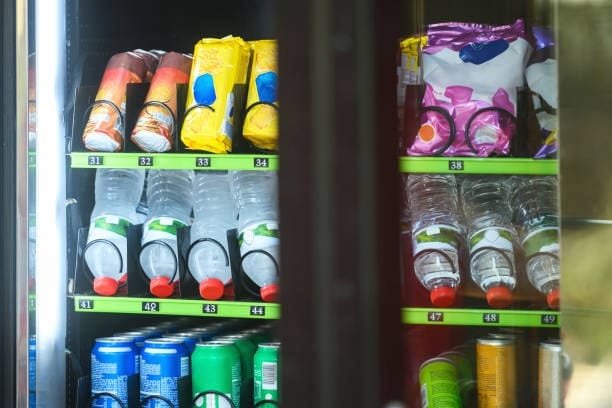
The plastic molding world is also changing very fast with changes brought by technologies, environmental issues as well as the increasing demand on the customized goods. These processes are extremely important in the comprehension that companies need to gain in using the results of plastic production in the field of product development, an increase in cost efficiency, and expansion into the market. As an engineer, a manufacturer, or even a business owner, learning the basics of plastic molding can handsomely open a number of competitive advantages in the present competitive global market.
Understanding the Fundamentals of Plastic Molding
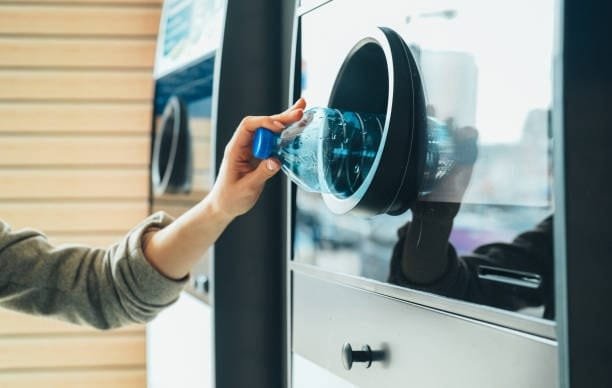
Plastic molding has been one of the manufacturing processes in which heated plastic products are remodeled into desired shapes using heated mold and machines. Raw plastic is in the form of pellets or powder which after heating to their melting temperature is forced into delicate designed mold cavities. With cooling and solidifying, the plastic takes on the shape of the mold giving the repeatable high-precision medium that has very high dimensional integrity.
The science of plastic molding is concerned with the behavior of the polymers under various pressure and temperatures. Thermoplastics may be heated up and recycled regularly and these properties make them suitable to be recycled. Thermosetting plastics, in contrast, cannot be remelted and reformed because they undergo chemical reaction during heating to form an irreversible cross-link structure. This inherent distinction affects selection of materials, processing conditions and the applications.
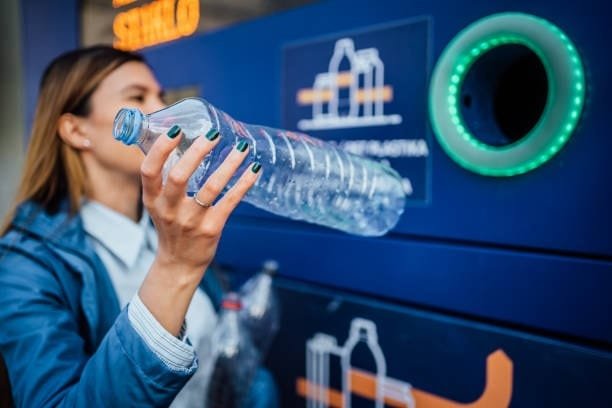
There is advanced temperature, pressure, timing and cooling rate controls in modern plastic molding systems. The parameters have a direct effect on product quality, dimensional stability, surface finish and mechanical properties. High-end monitoring systems help to maintain uniform results with minimum use of waste and energy, and plastic molding represents a more sustainable way of manufacturing.
Injection Molding: The Most Popular Plastic Forming Method
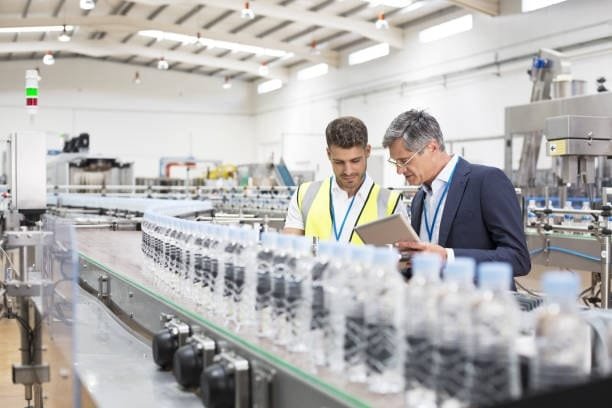
Injection molding will always retain the domination in plastic manufacturing industries because of its high flexibility, accuracy and ease of production. It is done when molten plastic is pressure injected into closed molds using a plastic injection molding machine to form complex geometries of tight tolerances and better surface finishes. An injection molding cycle normally consists of material heating stages, injection, packing, cooling, and lastly ejection stages whose parameters are well regulated to maximize product quality.
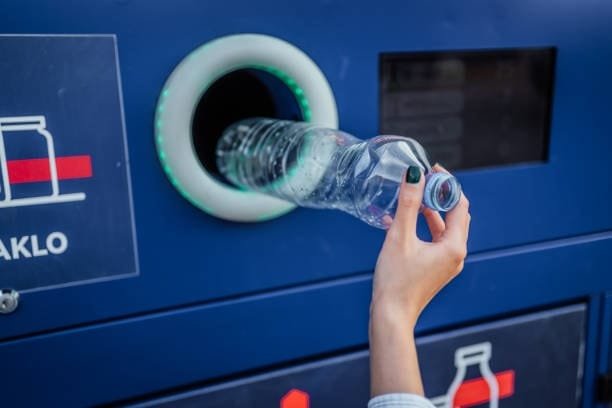
In injection molds, a wide variety of parts can be created: as small as microscopic parts within medical industry weighing a fraction of grams up to car body panels and weighing many kilograms. The use of multi-cavity molds makes multiple parts to be produced simultaneously which improves the throughput dramatically but the quality of each product is also consistent. To improve capabilities and cost reduction, advanced injection molding systems include such features as hot runner systems, gas assisted molding, and in-mold labeling.
The choice of the material to be injection molded applies to most thermoplastic polymers ranging commodity plastics material like polyethylene and polystyrene, engineering plastics like nylon and polycarbonate, and high-performance polymers like PEEK and liquid crystal polymers. All those materials have their systematic processing conditions, their mold designs, and cooling strategy in order to obtain the best results possible. With the knowledge of such relations, the producers can choose how to select materials and parameters of processing appropriately.
Blow Molding: Creating Hollow Plastic Products
The process of blow molding is specialized in making hollow plastic goods by inflating the heated plastic material in the mold through compressed air. This production is especially useful to make bottles, containers, fuel tanks and any other object with hollow interior and uniform wall thickness and strength using liquid plastic . The three major variants of a blow molding process; extrusion blow molding, injection blow molding, and stretch blow molding, have all their own merits in certain applications.
Extrusion blow molding starts with extruding first a hollow piece of molten plastic through an opening called a parison and subsequently capturing the parison into a mold and inflating it after which it takes the shape of the walls of this cavity. The technique is ideal in large-scale production of containers, where melted plastic material is used in the automotive industry as well as industrial parts with complicate designs. Injection blow molding is a combination of injection molding and blow molding; here first the process of injection molding creates a preform, which is again reheated and blown into shape. The method produces a high control in dimensions and is usually applied in bottles and small containers.
Stretch blow molding creates biaxial orientation because the preform is stretched along the longitudinal and circumferential directions during the blow-molding. The orientation is highly effective in increasing mechanical performance, clarity and barrier properties making it preferable in the making of beverages bottles and food containers, ensuring the quality of the final product . This involves heating and cooling the material with great accuracy in temperature and time so as to obtain the best stretch ratios and evenness of the material.
Rotational Molding: Advantages for Large, Complex Parts
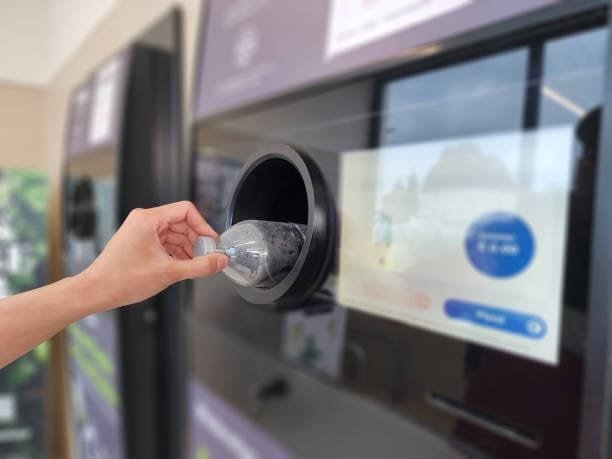
Rotational molding (also called rotomolding) has distinct advantages to producing large hollow plastic components of even thickness ages and without stress. It works by loading the plastic powder in to a mold, heating at high temperature and rotating on several axes before cooling it to solidify the part. This rotation means that material is equally and uniformly distributed and gets rid of high pressures required in other molding processes thus resulting in very large parts with complicated geometrical structures.
The rotomolding process is more suitable in applications that need high level of impact resistance and chemical compatibility and is also UV stable. Among the common ones are storage tanks, playground equipment, automotive parts, marine equipment as well as agricultural containers. The capability of manufacturing parts that have integrated functionality such as flanges, ribs and mounting points eradicates assembly needs and makes the total cost lesser.
Materials available to the rotational molding process are mainly polyethylene grades customized specially to rotational molding, but polypropylene, PVC, and nylon have also been used in specific applications. The powdered form also make color matching, blending of materials, and the addition of additives such as ultra violet stabilizers, flame retardants, and reinforcement agents quite simple. The operations processed after molding have little finishing processes making the process cost effective.
Compression Molding: Traditional Technique for Thermosets
Compression moulding is one of the earliest plastic forming processes, especially suited to thermosetting plastics such as phenolics, epoxies, polyesters and rubber compounds. It employs the use of heating the material in an oval cavity of the mold, and using a matching male die to exert pressure on the material and keeping the temperature and pressure until the material cures fully. The process causes the output parts to be highly dimensionally stable, very strong and of high surface finish.
Compression molding process can handle both bulk molding compounds (BMC) and sheet molding compounds (SMC) to produce parts such as electrical insulators as well as body panels of vehicles. Compression molding is considered economical to produce with medium run quantities and in prototyping jobs because of the low equipment costs and limited tooling requirements hot plastic. Nevertheless, the slower cycle times than in injection molding restrict its application in high volume process.
The contemporary compression molding facilities have newer heating processes, pressure regulation and automation to enhance reliability and decrease the time in each cycle. Vacuum assisted compression moulding eliminates air and volatiles to enhance kickoff and minimise defects. The process is especially suitable to applications where high strength-to-weight ratios are required, dimensional stability in conditions of thermal change, and resistance to environmental situations.
Essential Materials Used in Plastic Molding
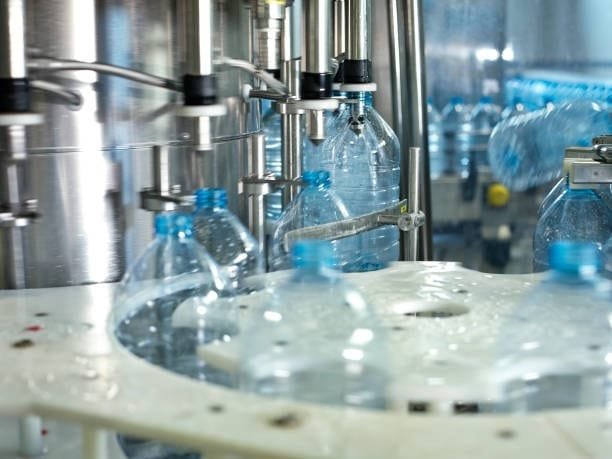
The selection of materials is a very critical process in the successful plastic moulding and it will directly determine the processability, part performance and cost effectiveness extrusion molding. Injection and blow molding are mainly dominated by thermoplastic material because of their capability of being heated and re-formed repeatedly. Popular thermoplastics are high density polyethylene (PE), polypropylene (PP), polystyrene (PS), polyvinyl chloride (PVC) and engineering plastics such as nylon, polycarbonate and acetal plastic resin.
Each material will show distinctive properties and influence in the melt flow, shrinkage, crystallization behavior and thermal characteristics. Knowledge of such characteristics facilitates the right mold design, selection of processing parameters as well as quality excess material. The material operators give elaborate instructions on how to process the materials such as the temperature to use, pressure involved, cooling rate etc. to obtain best results.
Additives are important in changing material property and processing characteristics. Typical additives are colorants to make the plastics look good, stabilizers to resist both UV and high temperatures, flame retardants to meet the safety requirements of various applications, reinforcing agents to strengthen the material and processing aids to enhance the ability of the plastics to flow easily and release easily after molding glass blowing. The concentration and choice of additives have to be well balanced to provide desired properties without making it processable or having a poor part.
Quality Control and Testing in Plastic Molding
Well-organized quality control systems guarantee the maintenance of uniform product quality along with reduction of wastage and production expenses. In plastic molding quality control starts with incoming material inspection, resin properties, moisture and contamination check. Process monitoring is a process where, during the production runs, some of the most important parameters, such as temperature, pressure, cycle time, and dimensions, are being tracked molten plastic fills.
Statistical process control (SPC) techniques are used in advanced quality control to recognize the trends in order to stop the defects in advance. Vision-based automated inspection systems are able to measure surface flaws, dimensional differences and assembly flaws at production rate. Non-destructive testing such as ultrasonics test confirm part interior structure and presence of any voids or inclusions that might affect performance of a part plastic parts.
Mechanical testing proves part performance and material properties under different working conditions. Common tests are tensile strength, impact resistance, flexural properties, hardness and environmental stress cracking resistance low density polyethylene. Those tests are used to prove that the goods correspond to the specification requirements and ensure the information that is used to optimize the manufacturing process and to make decisions concerning the material selection custom plastic parts.
Cost Optimization Strategies for Plastic Molding
Optimization of cost encompasses plastic molding that would consider the costs of the material, processing cost, costs of tooling, and quality control mechanisms. Costs related to materials may also be minimized by selective sourcing, volume purchasing contracts and suitable regrind application. There should be however, no compromise of part quality or performance requirements in cost reduction.
Processing efficiency is geared toward reduction of cycle time, energy consumption and wastes. Such measures as optimization of cooling systems, material handling, and preventive maintenance program help to reduce the total costs. This is because of the reduced scrap rates in an advanced process control system, with uniform quality, which has a direct effect on profitability.
Tooling is a large capital outlay to realize but correct mold system design and operation over time makes these systems cost effective. Well-made molds based on proper type of steel, its cooling system, and finishing ensure long service life and part quality. Modular molds allow flexibility into making product variations but at a low cost in terms of tooling.
Environmental Considerations and Sustainability
The trend in environmental responsibility is also affecting plastic moulding with the plastics industry turning to sustainable plastics, energy-efficient manufacturing and means of reducing wastes. Thermoplastics can be recycled and this facilitates closed-loop production in which end-of-life products can be used as the raw material in future production. Plastics made of renewable resources are bio-based and can replicate the properties of petroleum based polymers.
The schemes on energy efficiency are geared at equipment optimisation, process parameter and waste heat recovery systems. Contemporary molding machines assign servo-activated-systems, variable recurrence drives and intelligent control to decrease energy demand. Advanced technologies have a potential of saving 20-50% energy input to traditional hydraulic systems besides enhancement of process control and repeatability.
Some of the waste reduction measures are streamlining runner systems, adopting closed-loop recycling and designing products on disassembly and recycling. Design under sustainability takes account of the material selection, part consolidation, and disposal of the products at the end of the product development process. The methods minimize the effect on the environment and can produce cost savings because of the reduction in material and energy used.
Applications Across Different Industries
The applications of plastic molding include everything between consumer products and packaging, space and medical equipment. In the automotive segment molded plastics are heavily used due to weight saving, their design related flexibility and to optimize costs. Parts include interior trim, outside body panels to demanding under hood solutions to withstand high temperatures and chemicals.
Molded plastic components applied in this industry are required to be of the highest quality, biocompatible and must also comply with commercial regulations. They can be used in disposable syringes, surgical instruments, implants and diagnostic equipment. Stern cleanroom manufacturing standards and confirmation processes assure both safety of the product and its regulatory acceptance.
In consumer electronics, the molded plastic defers as the housing, connector and other internal parts that needed precise dimensional control and electromagnetic interference shielding. In this industry the aesthetic and product development short life cycle needs spur re-continuous innovation with regard to material, processes and automation technologies.
Troubleshooting Common Molding Problems
Quality issues needs to be traced to root cause by systematic analysis of processing conditions, material properties and the condition of the mold. Short shots, flash, sink marks, warpage, surface blemishes are the most common defects each of which has certain causation and a remedial action available. Knowledge of the correlation between the process parameters and the part quality leads to quick problem solving as well as efficiency in the process.
The short shots are caused by poor injection of material due to low injection pressure, a clogged runner or poor material plastification. The remedies include a flexible process parameter, enhanced control of the handling of materials, or a change in mold design. Flash Flash is when the material leaks out of the mold and in most cases occurs as a result of very high injection pressure, eroded mold parts or insufficient clamping force.
Warpage is a complicated defect, which combines effects of differential shrinkages and internal stresses combined with variations in cooling. The approaches used in the correction would be maximization of cooling system design, process parameter adjusting and part geometry. Troubleshooting is only achievable with extensive documentation of the process conditions and consistent testing of the variables in order to determine an optimal setting.
Future Trends and Innovations in Plastic Molding
The plastic molding business still develops under conditions of technological progress, new materials and new requirements of the market. The so-called Industry 4.0 technologies facilitate predictive maintenance, enable optimization in real-time, and automate quality control with AI and ML and IoT connectivity. The technologies are said to bring great efficiency, quality and affordability.
The new technology use of advanced materials such as high performance plastics, bio-based plastics and nano-composites broadens the application potential and satisfies the need of eco-friendly products. The potential to increase the innovation of products is expanded with smart materials implanted with sensors and self earning capabilities as well as programmable materials. These raw materials are subject to special processing methods and equipment adjustments.
The processes of adding manufacturing is increasingly used as complementary to the conventional molding methods used in prototyping, tooling and low-volume manufacturing. Combination Hybrid manufacturing methods that combine additive and subtractive capabilities allow complex designs as well as integrated functionality not possible with traditional systems. Fusion of the technologies bodes more innovations and potential of the plastic manufacturing.
Conclusion
The plastic molding industry marks the mainstay of the contemporary manufacturing economy, and it is through the industry that myriads of products have managed to find their way to our lives to make them all the more enjoyable besides economic success genes in various industries. Whether it is injection molding, a basic technique or rotational molding, a more advanced method, each of them have their benefits on applications and needs. Plastic molding requires a thorough acquaintance with materials, process management as well as quality control and optimization techniques while being aware of environmental concerns and trends.
Constant developments in the field of plastic molding technology hold significant potentials on the part of innovation, sustainability, and cost optimization. Business leaders, that would integrate these advances and simultaneously emphasize their attention on quality, efficiency, and environmental responsibility, will find themselves in the most favorable position to succeed in the competitive global marketplace.
About GWT Worldwide
Shenzhen Guanwutong International Freight Forwarding Co., Ltd. (GWT Worldwide) is a business with a focus on service providers in freight forwarding, supply chain management, and cross border e-commerce logistics businesses. Being oriented towards air freight, sea freight, China-Euro rail freight, global express shipment, customs clearance, warehousing, and Amazon FBA shipping services, GWT Worldwide presents its business partners with reasonable and stable logistical solutions across the globe. Our advanced technology and global partnership of trusted business allow us to provide safe, efficient and compliant movement of goods to businesses of all size between its origin and destination.

